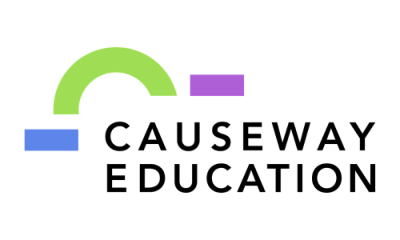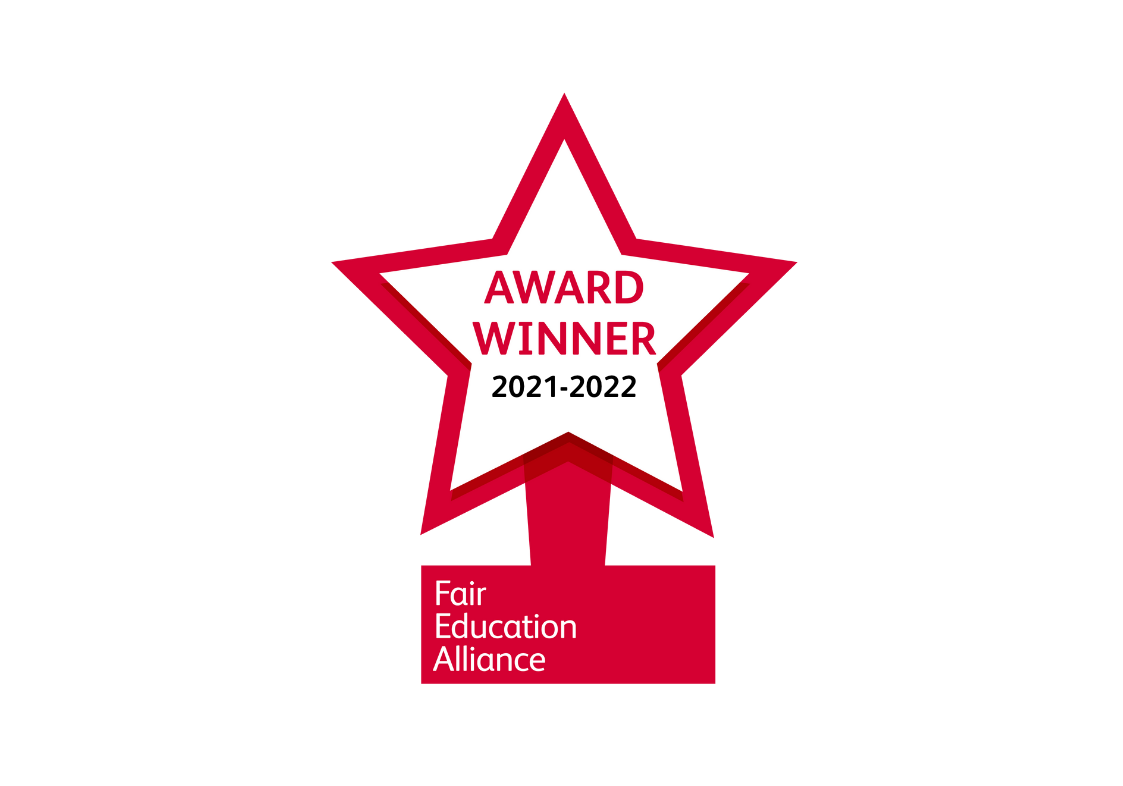New Personal Statement questions? Watch out for that banana skin!
/This coming UCAS cycle, applicants will face a new format when completing their personal statement. Rather than a single text box with general guidance, they will be asked three specific questions. This reform is designed to make the process more straightforward, and it might. We’ve consulted admissions staff across a range of universities to analyse their priorities and produce evidence-backed guidance. For students facing the greatest barriers, the new format could represent their chance to shine, or an added layer of disadvantage.
Three things will make the difference:
Why – understanding why the personal statement is there;
What – knowing the key ingredients to include (and not include) in each question, and avoiding the slippery banana skin concealed in the wording of Question 2;
How – getting support through an explicit structured process for drafting answers, not just “hints and tips”.
It’s not an exam!
Admissions staff reading personal statements want to be sure applicants are set up to thrive on their chosen course. In analysing answers, research shows that above all else they want to make sure applicants have a genuine interest in their chosen course and really understand what it involves. Applicants have three boxes to complete, but this is the one key message to get across. Admissions staff confirmed to us they will largely ignore the boxes and continue to read the three answers as one response. However, when we have presented the new questions to teachers in workshops, their reaction is immediately to look for the operative verbs, applying their expertise in exam preparation to break down exactly what the “examiner” wants. Their well-prepared students are likely to do the same. In an exam, you are rewarded for how specifically you can answer the exact question being asked. In the personal statement, the questions are better seen as section headings within a larger piece of writing. Over-reliance on the question wordings can lead students down unhelpful rabbit-holes, as we’ll see.
A particularly slippery banana skin…
Questions 1 and 3 are fairly straightforward, and we’ve set out clear approaches in our new guidance, alongside an explicit rationale. Question 2 is the problematic one: “How have your qualifications and studies helped you to prepare for this course or subject?”. Every admissions professional we have talked to is clear that they absolutely do not want to see a paragraph itemising current courses a student is taking (already listed elsewhere on the UCAS form) or detailing the syllabus of these qualifications. Instead, they support our recommendation to interpret “studies” as the broader journey of academic development and choose a specific topic of interest to explore. This would usually be based on some targeted wider reading or, for education or care-related courses, interactions observed on work experience. By reflecting critically on points of interest and explaining how this deepened their subject understanding, students can show they’ve supplemented classroom learning, demonstrating a step towards the way of working needed at university. With such potentially misleading wording, it’s easy to slip over on this question. However, the messages we’ve had from universities are clear:
Causeway’s approach to question 2, linking analysis of wider reading and work experience to preparation for the course, is exactly what we would hope to see.
(Emma Szembek, Deputy Director of Student Recruitment, University of Nottingham)
Causeway’s approach is very much in line with our thinking and what we will be looking for at King’s.
(Michael Bennet, Associate Director of Social Mobility & Widening Participation, King’s College London)
‘Hints and Tips’ are not enough
Deciphering what needs to go into the personal statement is one challenge – getting students to produce these ingredients is another. At Causeway, we know from over 10 years supporting students with this task that, above all else, they need a clear, structured process. Lists of dos and don’ts can be difficult to interpret. What does it mean to “stand out from the crowd”? How exactly do I “include wider reading”? Our OSCAR platform provides a simple solution. By translating all the key advice and links to freely available wider reading into a series of small steps, we have created an accessible process which strips out the myths and really enables students to shine. OSCAR is a free resource available to all state schools and colleges. Sign up here!
Just as admissions staff want to see a genuine interest in the chosen course and evidence that students really understand what it involves, this benefits applicants too. If done effectively, drafting a personal statement helps applicants stress-test their course choice: if you can’t find wider reading you’re interested in, you’ve probably chosen the wrong course. By breaking down the process into three sections, the new format could make this easier. We’re sharing our new guidance to help make sure that it does.





